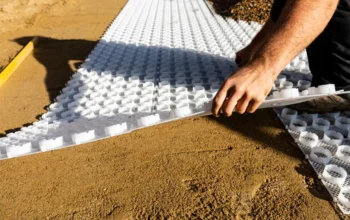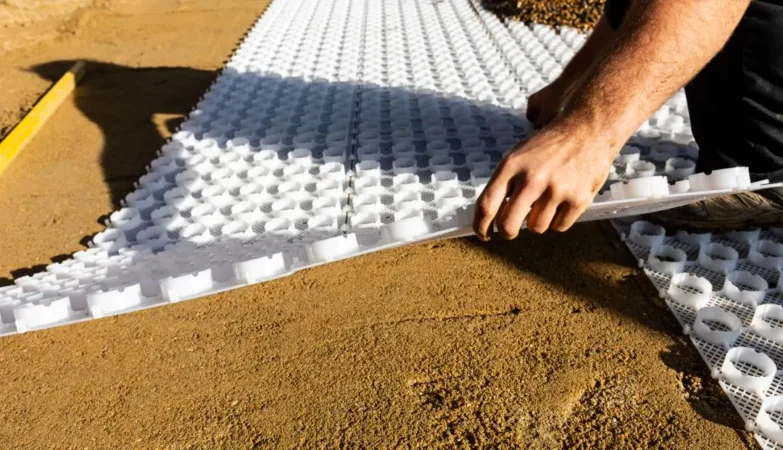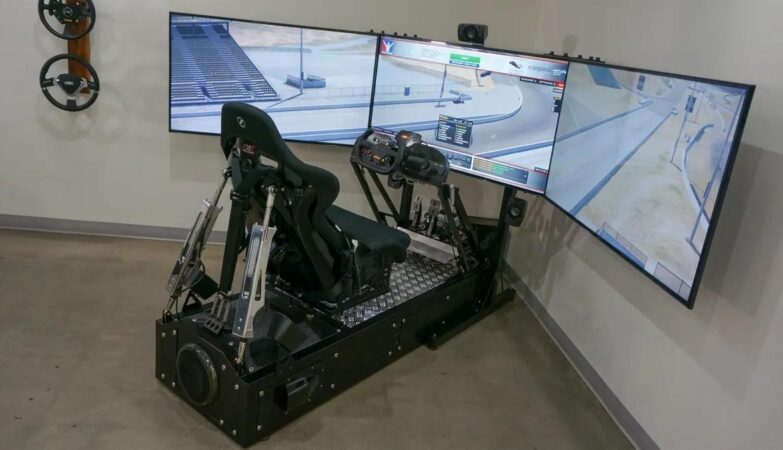Surface mining plays a vital role in extracting essential resources, but it comes with environmental and safety challenges. From land impact to worker wellbeing, understanding these factors is key. Explore the most critical considerations in surface mining and discover practical strategies to ensure safer, more sustainable operations.
Surface Mining has been a cornerstone of resource extraction, providing the raw materials that power industries from construction to energy production. Its contribution to economic growth and modern living is undeniable. However, the process is not without challenges. Large-scale excavation and land disturbance can leave lasting impacts on ecosystems, water sources, and air quality. At the same time, working with heavy machinery, explosives, and steep pit walls introduces safety risks that require constant vigilance.
Balancing these environmental and safety concerns with the need for resource efficiency is now more critical than ever. Communities, regulators, and industry leaders expect mining operations to adopt sustainable practices that reduce harm while maintaining productivity. From modern equipment and safety protocols to land rehabilitation and emission reduction, solutions are available.
This article explores the most pressing environmental and safety considerations in surface mining, why they matter, and the practical steps that ensure responsible operations.
Environmental Challenges in Surface Mining
Mining on the surface significantly alters landscapes. Unlike underground operations, it removes large sections of soil and rock, leaving behind open pits or quarries. This process has several critical environmental implications:
- Land Degradation – The removal of vegetation and topsoil can lead to erosion, habitat loss, and reduced soil fertility.
- Water Pollution – Chemicals used in mining or runoff from disturbed land can affect rivers, lakes, and groundwater.
- Dust and Air Quality – Blasting and excavation release fine particles into the air, potentially affecting nearby communities.
Why It Matters
Environmental damage is not just a local issue—it has long-term consequences. For example, polluted water can affect entire ecosystems, while air pollution may travel miles beyond a mining site. Mitigating these impacts requires thoughtful planning and effective use of modern equipment.
Safety Risks in Surface Mining
While surface mining is often considered safer than underground operations, it still presents significant hazards. Worker safety must remain a top priority, as accidents can have devastating consequences. Common risks include:
- Heavy Machinery Accidents – Large trucks, drills, and shovels dominate surface mining sites. Improper handling or equipment failure can lead to injuries.
- Blasting Hazards – Controlled explosions are essential for breaking rock but carry risks of flying debris or ground vibrations.
- Slope Stability – Open pits with steep walls may collapse, posing threats to workers and equipment.
- Noise and Vibration – Long-term exposure can cause health issues for operators and nearby residents.
Balancing Productivity with Responsibility
Mining companies must balance economic goals with sustainable practices. Doing so requires investment in technology, training, and environmental protection. Modern Surface Mining equipment helps reduce ecological footprints while improving safety. Machines are now designed with better dust suppression systems, fuel efficiency, and operator safety features.
But technology alone is not enough. Creating a culture of responsibility ensures everyone—from site managers to machine operators—plays a role in protecting people and the planet.
Actionable Strategies for Safer and Greener Mining
To make a real difference, mining operations can adopt several practical strategies:
- Implement Dust Control Systems: Use water sprays or dust collectors to keep air quality within safe limits for both workers and local communities.
- Conduct Regular Safety Training: Ensure all staff understand the proper use of equipment, emergency procedures, and hazard identification.
- Rehabilitate Land Post-Mining: Restore vegetation and natural habitats once operations end to reduce long-term environmental damage.
- Use Renewable Energy Sources: Transition to solar, wind, or hybrid power solutions to lower greenhouse gas emissions at mining sites.
- Monitor Environmental Impact Continuously: Invest in sensors and monitoring systems that track water, air, and soil quality in real time.
Key Takeaways
Surface mining plays a vital role in providing the raw materials needed for industries worldwide, yet it comes with significant environmental and safety concerns. Land, water, and air can all be affected by mining activities, but with careful planning and responsible practices, these impacts can be managed effectively. Equally important is ensuring worker safety, which depends on strong training programmes, strict equipment standards, and proactive hazard management.
By combining advanced technology with a culture of responsibility, the mining sector can achieve safer operations while moving towards more sustainable and environmentally friendly outcomes that benefit both people and the planet.
Closing Remarks
Surface Mining continues to be a cornerstone of modern development, supplying the raw materials that drive progress across countless industries. Yet with this importance comes a clear responsibility to safeguard both workers and the environment. Mining operations must go beyond resource extraction by actively addressing environmental challenges, prioritising safety measures, and adopting advanced technologies that reduce risks and improve efficiency.
By striking this balance, the industry can create a path that supports economic growth while remaining sustainable and responsible. To discover solutions that make mining safer and more productive, explore the latest advancements in Surface Mining. The actions taken today will shape the long-term future of mining and its impact on the planet.








